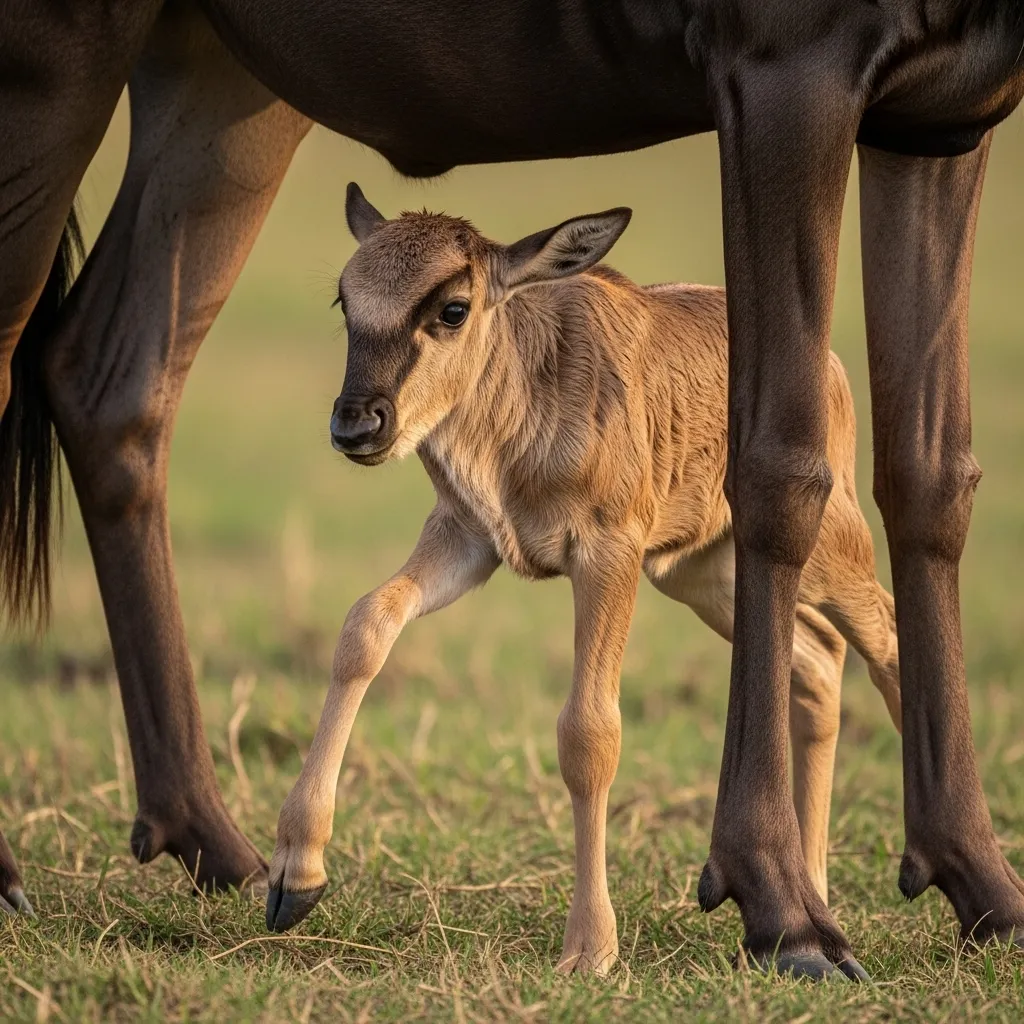
The Great Wildebeest Migration: An Endless Circle of Life
Perhaps the most famous terrestrial migration on the planet is the Great Wildebeest Migration in East Africa. This is not just a journey; it is a continuous, circular movement of life and death on a scale that is difficult to comprehend. Each year, over 1.5 million blue wildebeest, accompanied by hundreds of thousands of zebras and gazelles, travel in a clockwise loop spanning roughly 1,800 miles (nearly 3,000 kilometers) across the Serengeti ecosystem in Tanzania and the Maasai Mara National Reserve in Kenya.
So, where do wildebeest migrate and why? Their movement is dictated by the rains. They follow the seasonal precipitation that nourishes the fresh grasses they depend on for survival. This relentless search for food creates a predictable, yet perilous, annual cycle. The journey typically begins after the calving season in the southern Serengeti (January to March), when hundreds of thousands of calves are born within a few short weeks. As the southern plains dry up, the herds move north and west, seeking greener pastures.
The most dramatic and widely documented part of this migration is the crossing of major rivers, particularly the Grumeti River in Tanzania and the Mara River in Kenya. These crossings, usually occurring between July and October, are fraught with danger. The animals face strong currents and a gauntlet of enormous Nile crocodiles that lie in wait for this annual feast. The sheer panic and determination of the herd create a spectacle of raw, untamed nature. For those who make it across, the journey continues, but the threat from predators like lions, hyenas, and leopards is ever-present.
This migration is a cornerstone of the Serengeti-Mara ecosystem. The constant grazing of the wildebeest and their companions shapes the landscape, preventing grasslands from turning into scrubland. Their waste fertilizes the soil, and their fallen bodies provide a critical food source for a vast array of scavengers, from vultures to jackals. They are a classic example of a keystone species, an organism that helps hold an ecosystem together. Observing this migration is a powerful reminder of the intricate connections that sustain one of Africa’s most iconic wild places. The health of this migration is monitored closely by conservation groups, as it faces threats from habitat fragmentation and human development along its ancient routes.















